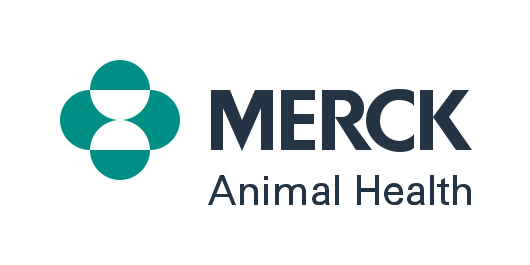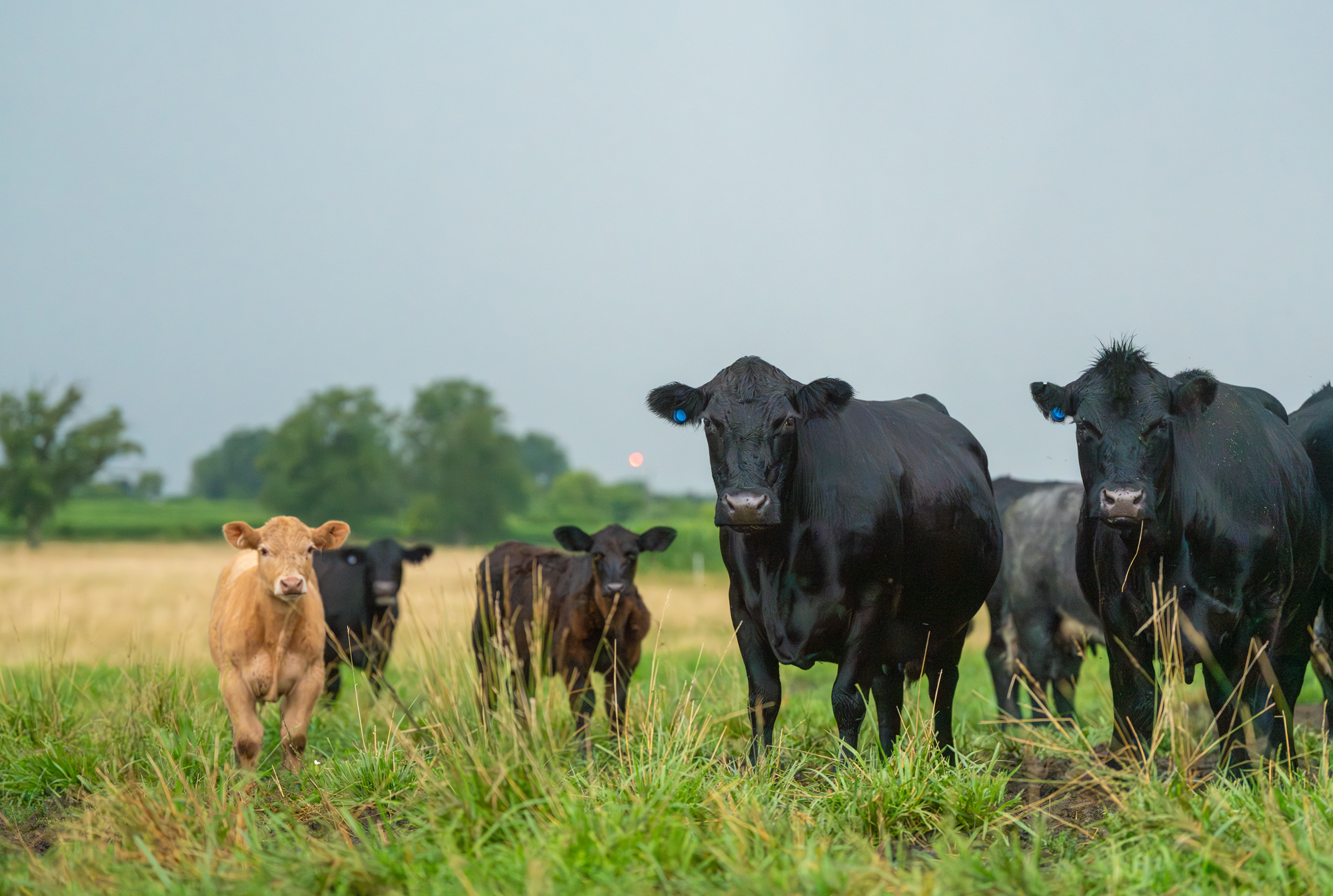
Take the challenge.
See the gains.
Today’s cattle producers are always looking for ways to add more pounds to their calf crop. Two of the best ways are implants and parasite control, plus add a robust vaccination program and you can see some serious gains. So, are you ready to take the challenge and tip the scales in your favor?
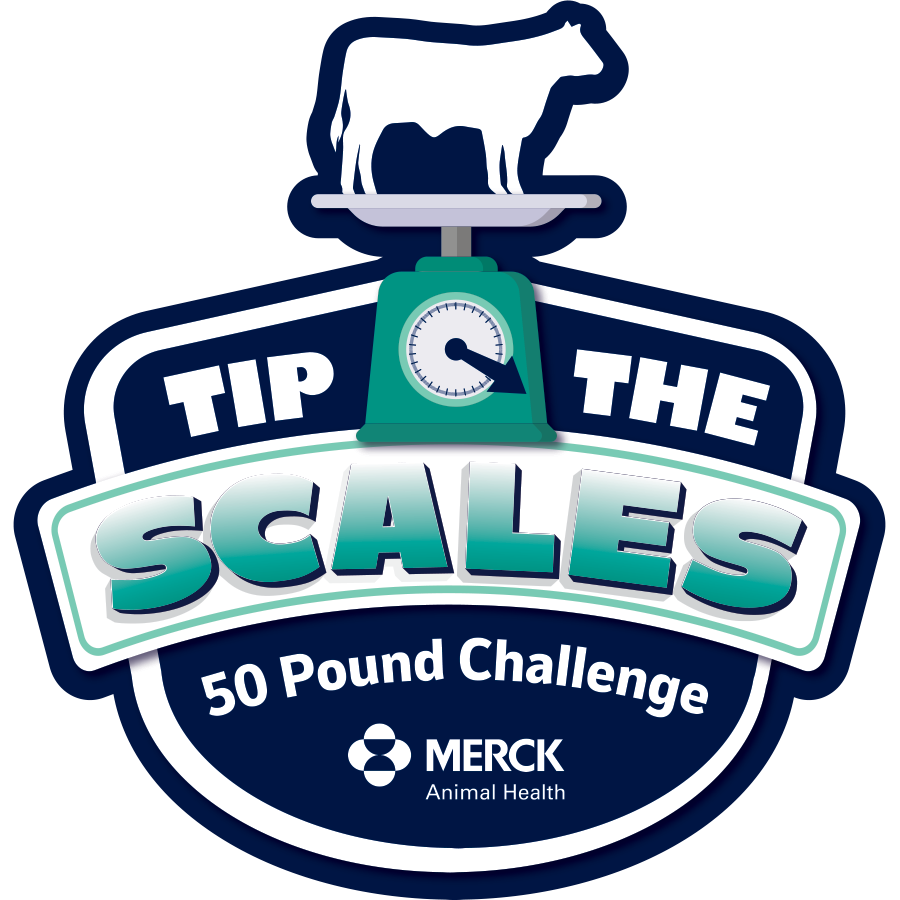
Congratulations to the 2025 Tip the Scales Sweepstakes Winners!
These producers took the challenge and realized big gains – both the know-how to add a potential 50-pound advantage per calf, plus $500 in prizes.
Quiz #1 winner: William B. from Redfield, SD
Quiz #2 winner: Myra S. from Castalia, Iowa
Quiz #3 winner: Debbie A. from Livingston, MT
Quiz #4 winner: Christine S. from Kismet, KS
Quiz #5 winner: Melissa B. from Owego, NY
Quiz #6 winner: Garry S. from Steele, AL Quiz
Quiz #7 winner: Jacky G. from Guthrie, OK
Quiz #8 winner: Jerry L. from Roff, OK
Our technical services team provides more insights on practices to help you Tip the Scales
Practices to gain a 50-pound advantage
Spring turnout is a prime opportunity to set a healthy foundation for the long-term success of your calves. Two highly impactful practices to consider before turning calves out on pasture are implanting and deworming.
John Hutcheson, Ph.D., director of beef cattle technical services for Merck Animal Health shares how removing parasite pressure while increasing average daily gain with implants can result in as much as a 50-pound advantage per calf.
Ready for the challenge? Learn more about how these technologies can help you capitalize on extra pounds.
Protect calves early with intranasal vaccination
From birth to about 3 months of age, young calves are especially susceptible to pneumonia caused by bovine respiratory disease (BRD), making early protection critical. Tim Parks, D.V.M., technical services veterinarian for Merck Animal Health, shares how intranasal vaccination can help stimulate the immune system without maternal antibody interference — giving calves the strong start they need to stay healthy and keep gaining.
Learn more about BOVILIS® NASALGEN® 3-PMH, the first and only BRD vaccine offering 5-way protection as early as 1 week of age.
Increase calf weaning weights
Using the right implant at the right time can result in continued performance and continued gain, starting with suckling calves. Hear from Brandon Nuttelman, Ph.D., cattle technical services manager for Merck Animal Health, how a strategically timed calf implant can result in as much as 23 pounds of pure added gains at weaning and beyond.
Learn more about RALGRO® (zeranol implants), the gold standard in calf implants.
Visual and EID tags help improve market opportunities
Visual and electronic identification tags enable cattle producers to measure animal inputs and performance. They provide data to help producers make better decisions, explains David McElhaney, Allflex® Infrastructure Identification Specialist. EID tags and the unique number provided to each animal helps to open up market opportunities by tracking individual cow inputs, productivity and performance.
Learn more about livestock identification options in the Allflex portfolio from Merck Animal Health.
Keep pastures and cattle clean with a summer dewormer
Keeping parasites off grass and out of animals should be the cornerstone of cattle summer health protocols. Brandon Nuttelman, Ph.D., cattle technical services manager for Merck Animal Health, explains how feed and mineral-based dewormers can save producers a trip through the chute while reducing parasite pressure.
Learn more about SAFE-GUARD® (fenbendazole) and its many formulations so you can deworm the way that’s best for you.
Get the most of your grazing with cattle implants
One of the best ways to increase weight gain during the preconditioning phase is with a cattle implant. Lee-Anne Walter, Ph.D., cattle technical services manager for Merck Animal Health, shares why an implant can help build on calf performance, resulting in better average daily gains and the potential of 10-12 pounds per head at the end of preconditioning.
Learn more about REVALOR®-G (trenbolone acetate and estradiol), an implant worth its weight in real-world grazing periods.
Precondition for healthier, higher-value calves
Producers need to consider how to build on good practices and protocols used early in the spring to keep getting the most out of their animals. Tim Parks, D.V.M., technical services veterinarian for Merck Animal Health, talks about key components of preconditioning programs — like longer weaning periods and robust vaccination protocols – that can give producers a marketing edge and help make the most of their investment.
Learn more about Merck Animal Health’s PrimeVAC™ Preconditioning Program.
50-Pound Challenge Featured Products
RALGRO® (zeranol implants)
For more than 50 years, RALGRO has been known for heavier weaning weights that deliver greater revenue in calf crops. Trials show an average 23-pound weaning weight advantage in calves implanted with RALGRO over non-implanted controls.1
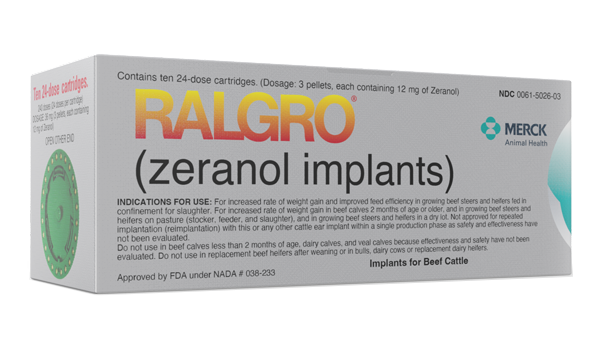
REVALOR®-G (trenbolone acetate and estradiol implants)
REVALOR-G is designed specifically for stocker cattle and is used more than any other brand in this phase of production. Cattle implanted with REVALOR-G gain an extra 23 pounds on average, and they maintain the added weight during the finishing period.2
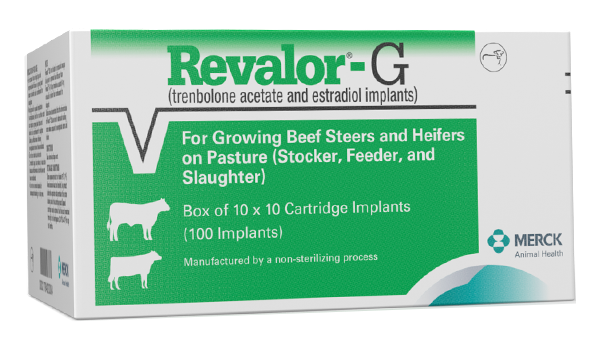
SAFE-GUARD® (fenbendazole)
Powered by fenbendazole, SAFE-GUARD dewormer features broad-spectrum protection against the most concerning parasites. It’s available in a variety of options, so you can deworm when and how you want — at the chute, with feed or in the pasture. Cattle successfully dewormed with SAFE-GUARD demonstrate an average weaning weight increase of 29 pounds per head.3
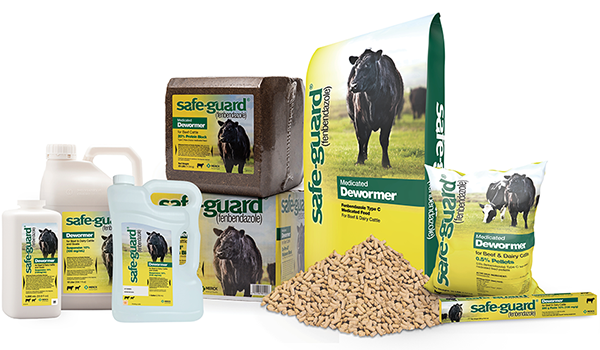
BOVILIS® NASALGEN® 3-PMH
BOVILIS NASALGEN 3-PMH is the first and only intranasal vaccine proven effective against both viral and bacterial pneumonia. It can be used in calves 1 week of age or older for a strong, healthy foundation, and a unique BluShadow® diluent means there’s no second-guessing which animals have been vaccinated.
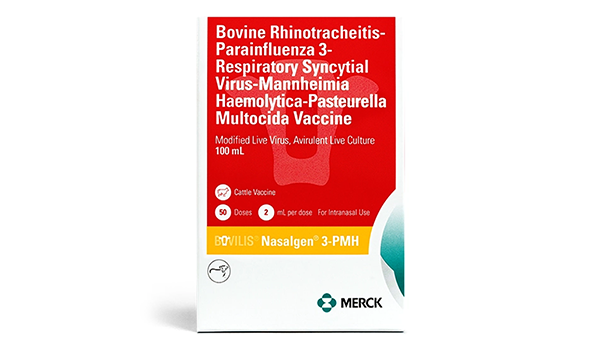

Important Safety Information
Ralgro: Not for use in humans. Keep out of reach of children. No withdrawal period is required when used according to labeling. Do not use in beef calves less than 2 months of age, dairy calves, and veal calves. A withdrawal period has not been established for this product in pre-ruminating calves. Do not use in replacement beef heifers after weaning or in dairy cows or replacement dairy heifers. Use in these cattle may cause drug residues in milk and/or calves born to these cows. Implant pellets subcutaneously in ear only. Any other location is a violation of Federal law. Do not attempt salvage of implanted site for human or animal food. Not approved for repeated implantation (reimplantation) with this or any other cattle ear implant within a single production phase as safety and effectiveness have not been evaluated. For complete safety information, refer to the product label.
Revalor-G: Not to be used in animals intended for breeding, dairy animals, or veal calves. Implant in ear only. Any other location is in violation of Federal Law. Not approved for repeated implantation (re-implantation) with this or any other cattle ear implant in growing beef steers and heifers on pasture (stocker, feeder, and slaughter). Safety and effectiveness following re-implantation have not been evaluated. Do not salvage implanted site for human or animal food. A withdrawal period has not been established for this product in pre-ruminating calves. Not for use in humans. For complete safety information, refer to the product label.
Safe-Guard: Do not use in beef calves less than 2 months old, dairy calves and veal calves. A withdrawal period has not been established for this product in pre-ruminating calves. Additionally, the following meat withdrawal and milk discard times apply:
Safe-Guard Paste: Cattle must not be slaughtered for 8 days. For dairy cattle, the milk discard time is 96 hours.
Safe-Guard Suspension: Cattle must not be slaughtered for 8 days. For dairy cattle, the milk discard time is 48 hours.
Safe-Guard EnProAl Type C Medicated Block: Cattle must not be slaughtered for 11 days. For use in beef cattle only.
Safe-Guard 20% Protein Type C Medicated Block: Cattle must not be slaughtered for 16 days. For use in beef cattle only.
Safe-Guard Type A and other medicated feed products (pellets, cubes, free-choice mineral, or free-choice liquid): Cattle must not be slaughtered for 13 days. For dairy cattle, the milk discard time is 60 hours.
References
- Data on file, Merck Animal Health.
- Data on file, Merck Animal Health.
- Data on file, Merck Animal Health.
